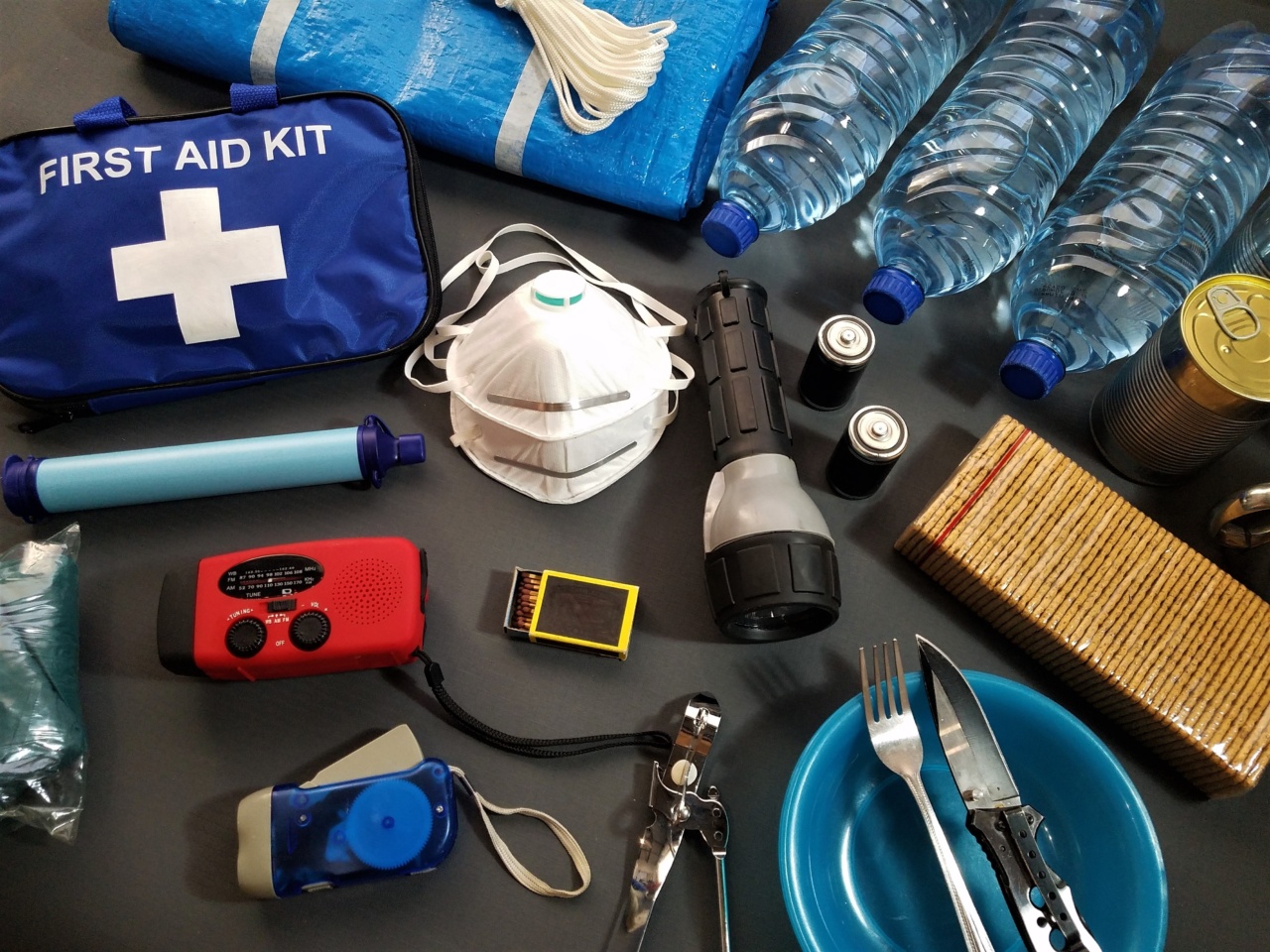Traveling can be a thrilling and exciting experience, but sometimes things may not go as planned. Health emergencies can be unexpected and may require urgent medical attention. In such situations, emergency medical evacuation becomes necessary.
Emergency medical evacuation is the process of transferring a patient to a hospital or medical facility that can provide better medical care than the current location.
This could involve the use of air ambulances, helicopters, or other modes of transportation, depending on the severity of the condition and the location.
It is crucial to understand whether your health insurance policy covers emergency medical evacuation while you are traveling abroad.
In this article, we will discuss everything you need to know about emergency medical evacuation coverage by health insurance.
What is Emergency Medical Evacuation Coverage?
Emergency Medical Evacuation coverage is an insurance policy that covers the cost of transporting a patient to a medical facility for treatment in case of a medical emergency.
This policy also covers the cost of evacuating the patient back home, if necessary.
Emergency medical evacuation coverage is important because medical emergencies can happen anytime, anywhere. Being covered ensures that you can access better medical care in case of a medical emergency while traveling.
Is Emergency Medical Evacuation Covered by Health Insurance?
Whether or not emergency medical evacuation is covered by your health insurance policy depends on the type of policy you have. Not all health insurance policies cover emergency medical evacuation.
Before embarking on any travel, it is important to check with your health insurance provider to see if emergency medical evacuation is covered.
If it is not, consider purchasing a travel insurance policy that includes emergency medical evacuation coverage.
What Does Emergency Medical Evacuation Coverage Include?
Generally, emergency medical evacuation covers the cost of transportation to a medical facility for treatment if the patient is in a location where medical care is not available or is not up to standard.
It may also include transportation back home after medical treatment, if necessary.
Emergency medical evacuation coverage may also include travel expenses for a family member or friend to accompany the patient during transportation to the medical facility.
What are the Benefits of Emergency Medical Evacuation Coverage?
Some of the benefits of having emergency medical evacuation coverage include:.
- Access to better medical care in case of a medical emergency
- Peace of mind while traveling knowing that you are covered should an emergency occur
- Transportation to a medical facility that can ensure proper treatment for the patient
- Transportation back home after medical treatment, if necessary
- Reduced financial burden of emergency medical expenses and evacuation costs
How to Obtain Emergency Medical Evacuation Coverage?
If your health insurance policy does not include emergency medical evacuation coverage, you can obtain it by purchasing a travel insurance policy that includes this coverage.
Travel insurance is a type of insurance that covers a variety of travel-related risks, including trip cancellations, lost luggage, emergency medical expenses, and emergency medical evacuation.
When choosing a travel insurance policy, it is important to read the terms and conditions, know the coverage limits and exclusions, and understand the claims process.
Conclusion
In summary, emergency medical evacuation coverage is an important insurance policy that covers the cost of transporting a patient to a medical facility in case of a medical emergency while traveling.
Not all health insurance policies include emergency medical evacuation coverage, so it is important to check with your insurance provider to determine whether you are covered.
If you are not covered, consider purchasing a travel insurance policy that includes emergency medical evacuation coverage to ensure peace of mind while traveling.


























